The question of how much it costs to advertise on Google is a common one, especially for newcomers to paid search. People want to know if they can afford it and how much they’ll be expected to spend. However, there’s no one-size-fits-all answer, as the cost of AdWords depends on various factors.
Let’s delve into these factors and shed light on the concepts you need to understand to set a realistic budget for your ad campaigns and determine if AdWords is right for you.
Here’s a summary of what you’ll learn in detail:
- Google AdWords operates on an auction system, rewarding businesses with excellent ad campaigns with lower costs and better ad placement.
- You can control your AdWords budget through techniques like ad scheduling, geotargeting, and device targeting.
- The average cost per click on the search network is between $1 and $2, while it’s less than $1 on the Display Network.
- Highly competitive keywords, mainly in industries with high customer lifetime values like law and insurance, can cost $50 or more per click.
- Large retailers may spend up to $50 million annually on paid search.
- The average small business using AdWords spends between $9,000 and $10,000 monthly, totaling $100,000 to $120,000 yearly.
Let’s explore these AdWords costs in more detail.
How AdWords Works
Before discussing costs, it’s essential to understand how the AdWords platform operates. AdWords is akin to an auction. When a user enters a search query, Google determines if advertisers are bidding on keywords related to the query. If they are, the ad auction begins to determine Ad Rank, which influences ad position. Ad Rank is based on maximum bid and Quality Score.Quality Score is a crucial factor in ad position, but we won’t delve into its specifics here. In essence, Google uses Quality Score and Ad Rank to determine the cost per click. The formula is as follows:
The Ad Rank of Advertiser I is higher due to a better Quality Score, allowing them to pay less for a higher position. Understanding AdWords budgeting is vital, as many advertisers may find their budgets depleted quicker than expected. To address this, consider techniques like dayparting, geotargeting, and device targeting to optimize your budget allocation.
Dayparting
Also known as ad scheduling, dayparting allows you to specify when your ads will appear to prospective customers. This is beneficial for local businesses aiming to drive traffic to a physical location. For instance, a bakery closing at 7 p.m. may not want ads displayed outside of business hours.
Geotargeting
Geotargeting allows you to allocate more budget to specific geographic areas. For example, you may prioritize ads shown in certain states or cities based on your target audience.
Device Targeting
As customers use various devices to search the web, device targeting is essential. You can allocate more budget to mobile or other specific device types depending on your advertising goals.
Now, let’s explore typical click costs in AdWords.
Typical Click Costs in AdWords
The average CPC in AdWords ranges between $1 and $2 on the search network and is less than $1 on the Display Network. However, some highly competitive keywords can cost $50 or more per click, particularly in industries like insurance and law.
While these statistics might seem daunting, remember that long-tail keywords, which make up the majority of web searches, can be less expensive and more valuable for your business.
What Do Typical Businesses Spend on AdWords?
The average AdWords spending varies widely, with some businesses spending as little as $1,000 monthly and others spending over $30,000 monthly. On average, WordStream customers (mainly small to medium-sized businesses) spend around $9,813 per month on PPC advertising.
In Conclusion
Understanding the costs of Google AdWords is essential for successful paid search campaigns. While costs can be influenced by various factors, businesses of all sizes can make AdWords work for them. By employing budgeting techniques and focusing on long-tail keywords, advertisers can achieve positive results regardless of their budget.


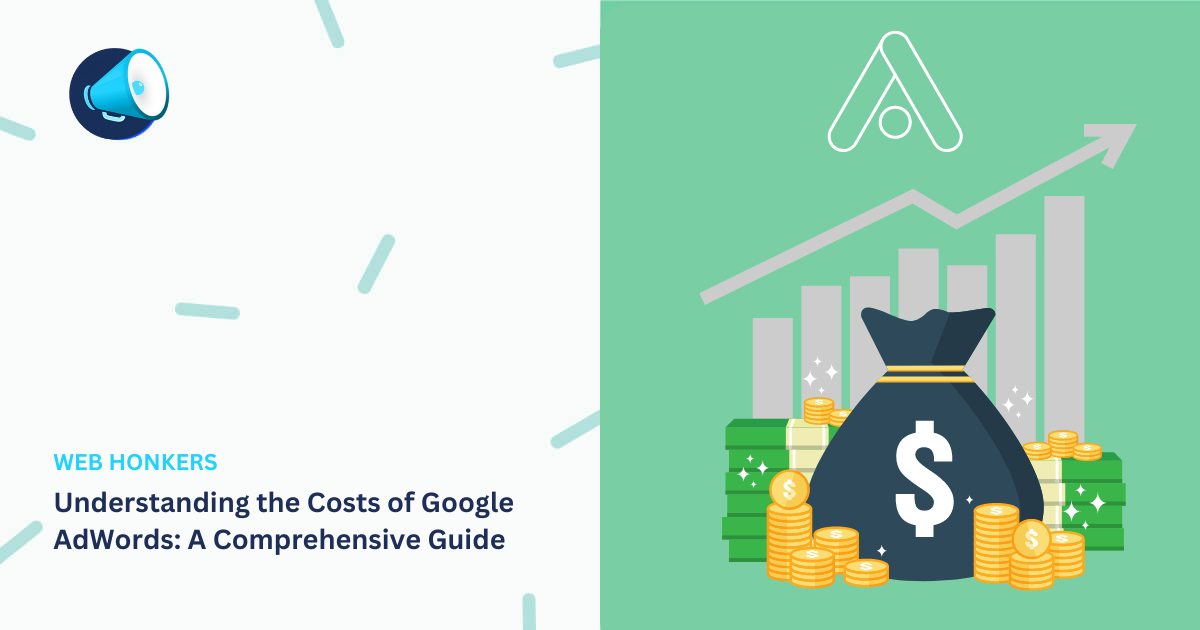
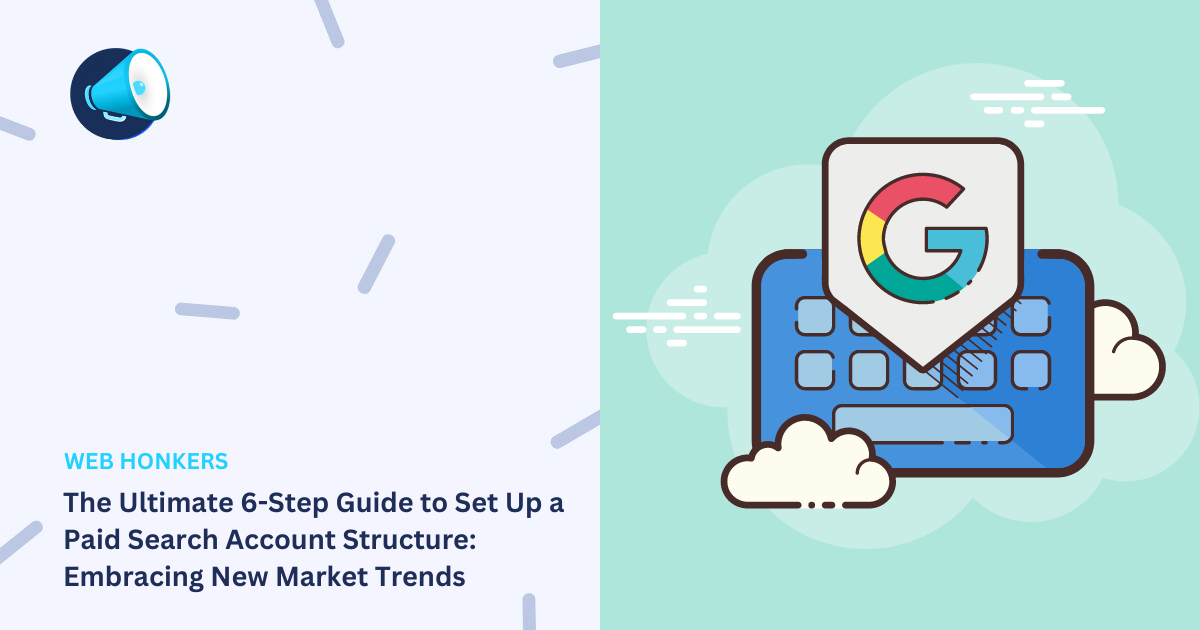
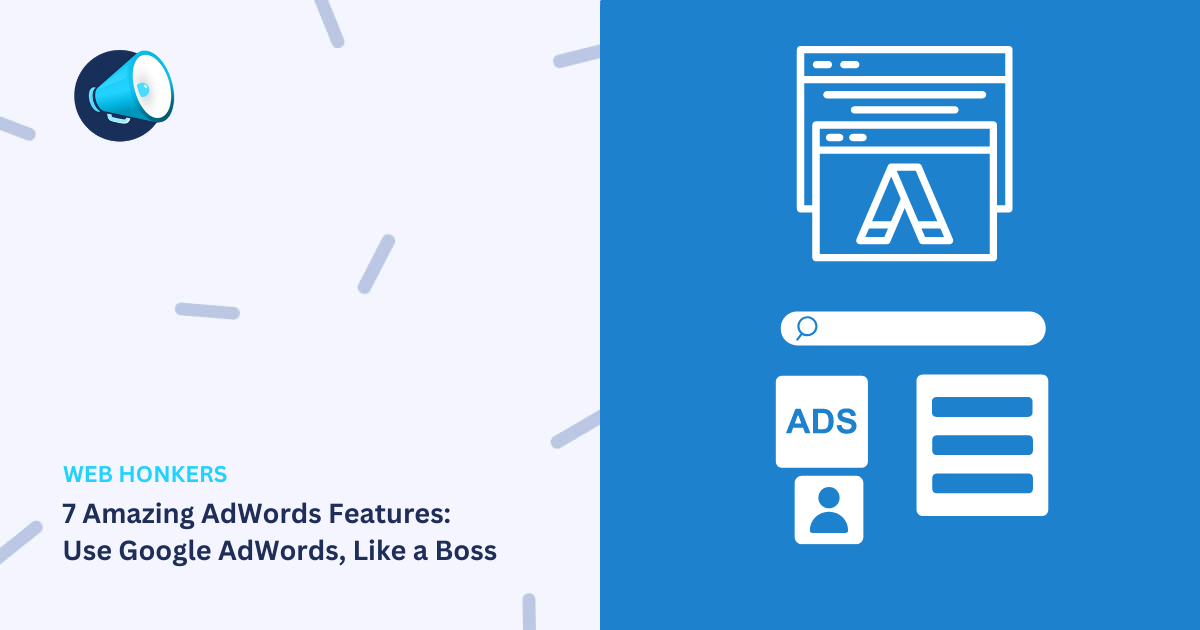
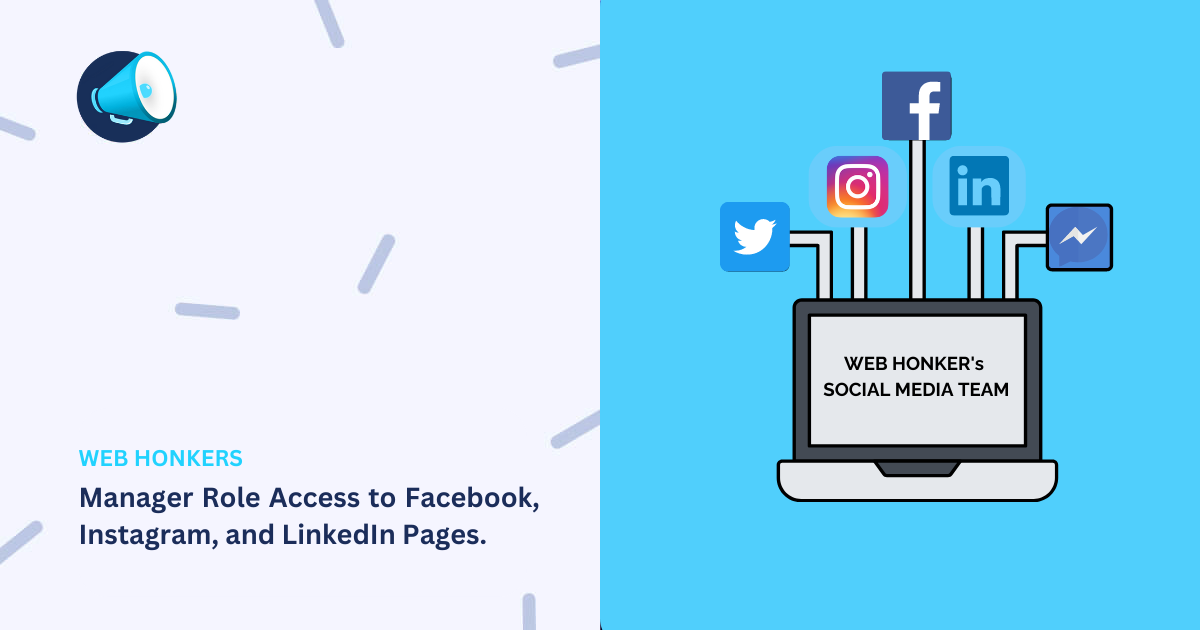
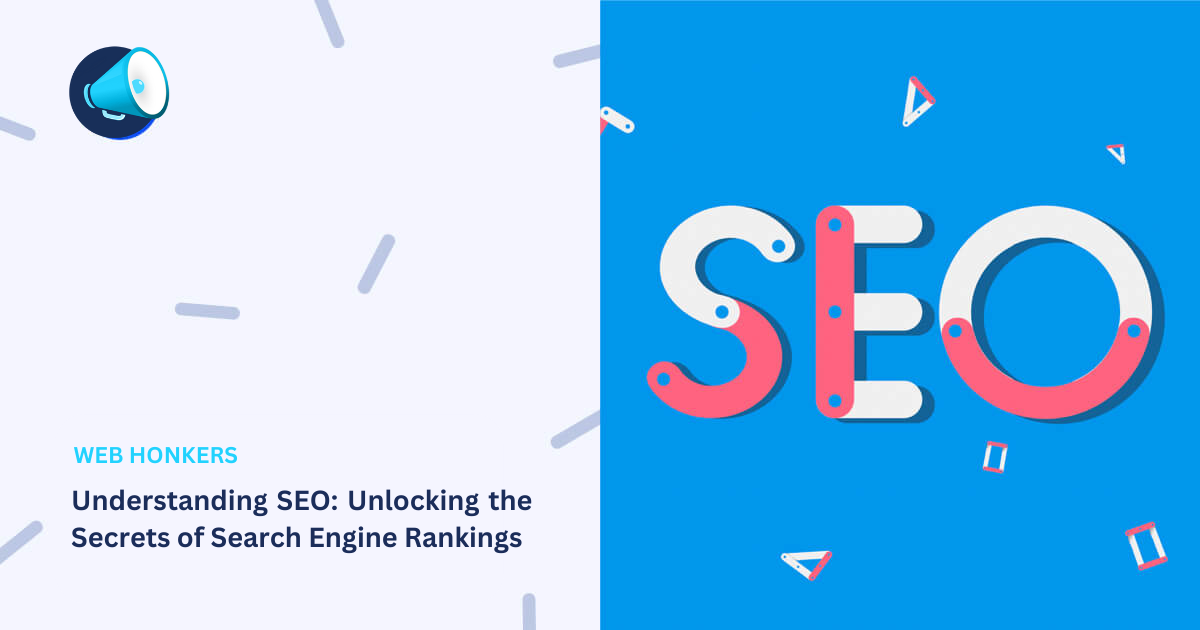
 Marketing 360°
Marketing 360°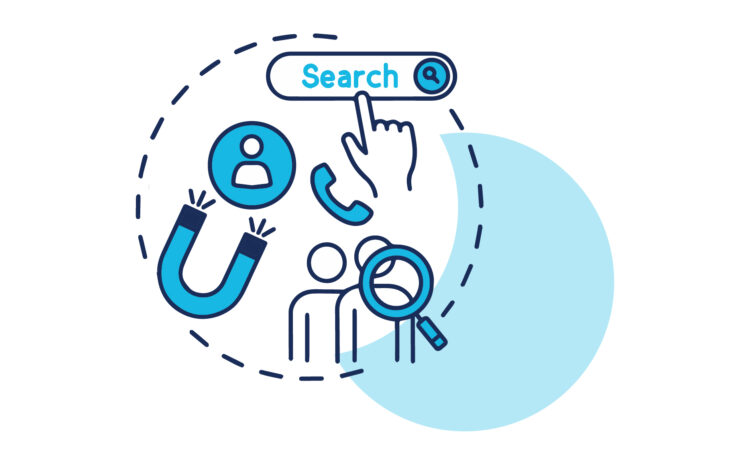 Ads Management
Ads Management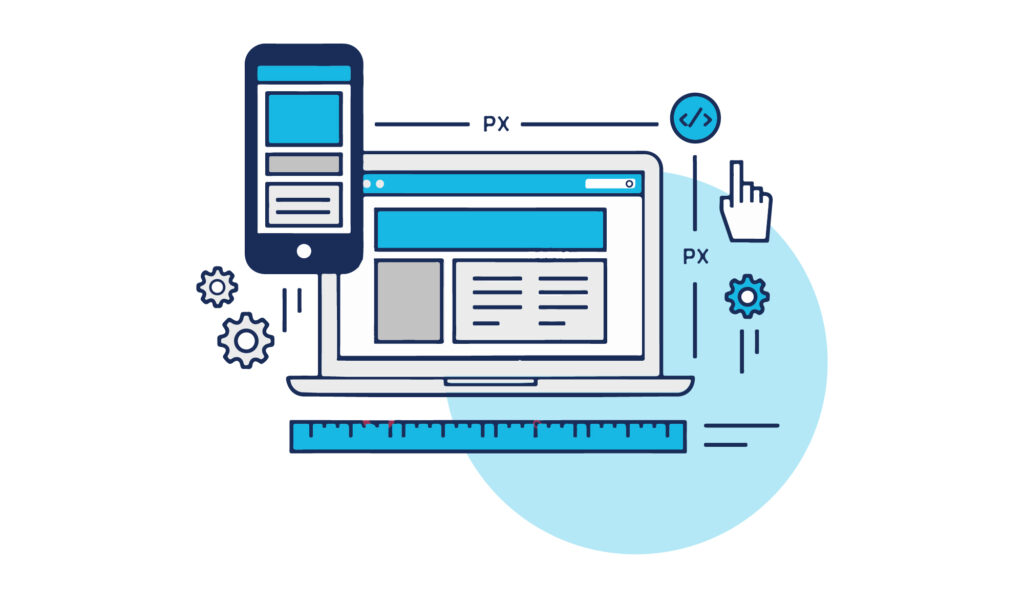 Web Development
Web Development SEO Service
SEO Service Social Media
Social Media Copywriting Service
Copywriting Service